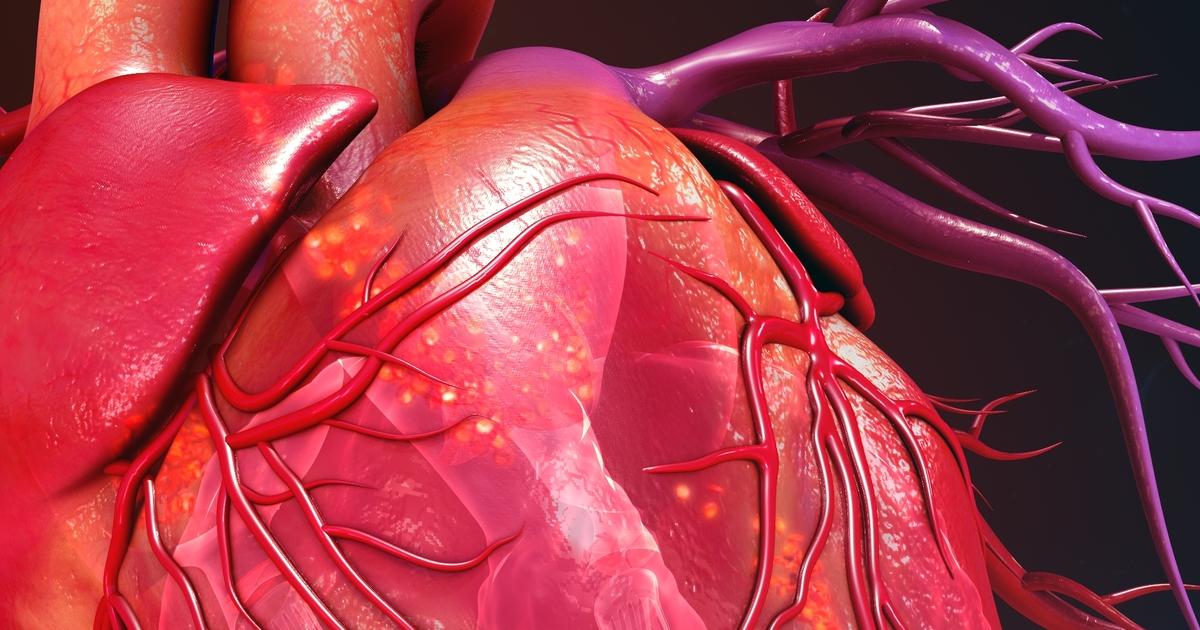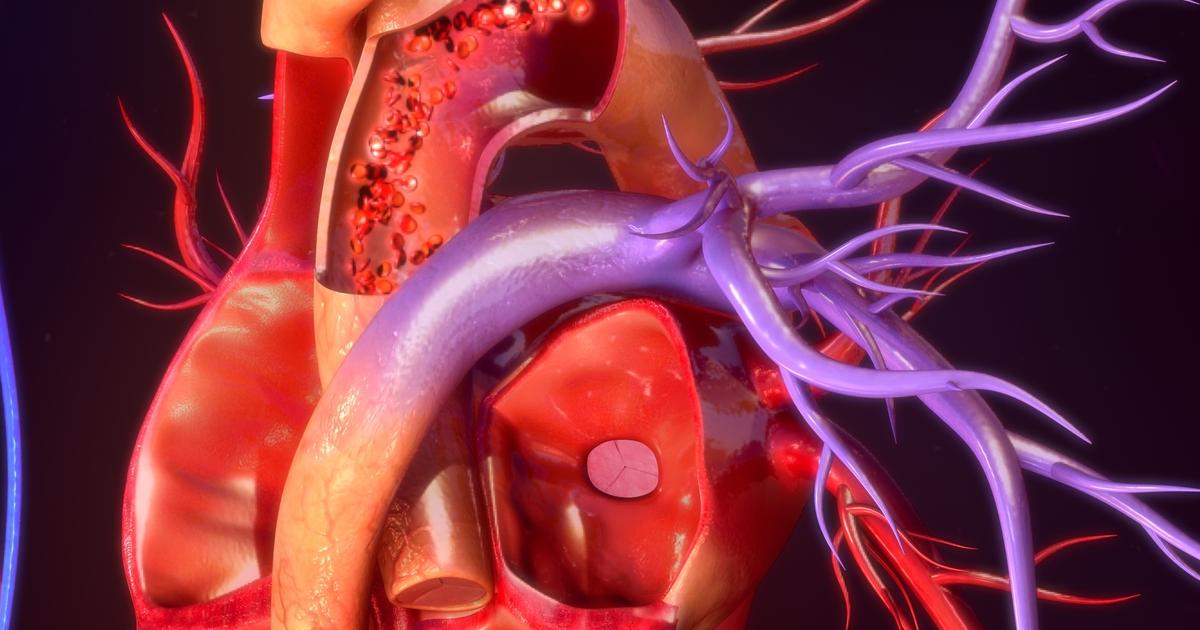What Are The Types Of Veins?
A vein is a vessel structure that exists throughout the body that transports blood from all parts of the body to the heart. Arterial blood moves through a high-pressure mechanism away from the heart, and the venous blood moves through a low-pressure mechanism and muscle contractions back to the heart. Vein diameter ranges from one millimeter to one and a half centimeters. Veins contain three tissue layers in their walls. Connective tissue, elastic fibers, and collagen fibers make up the tunica adventitia or strong outer layer of the veins and arteries. Elastic fibers and smooth muscle form the tunica media or middle layer of veins and arteries. Smooth endothelium, elastic tissues, and an elastic membrane lining form the tunica intima or innermost layer of veins and arteries. Veins contain muscular structures in the tunica intima that move blood against gravity back to the heart. Veins are classified according to their location and size.
Read about the major types of veins now.
Pulmonary Veins
Pulmonary veins are a type of large-sized vein in the body that serves as the channel where newly oxygenated blood from the lungs moves into the heart before being pumped around to the rest of the body. The pulmonary veins are the only veins in an individual's body that transport oxygenated blood. While an individual is still in the womb, their blood flow bypasses the pulmonary veins because their lungs are not exposed to air yet. Once the individual is born, the pulmonary veins open up, and blood is then routed through the lungs and back to the heart through the pulmonary veins. All veins in an individual's body carry blood to the heart regardless of its oxygen concentration, which is why pulmonary veins are considered veins even though they transport oxygenated blood. The pulmonary veins also exhibit more structural characteristics of a vein rather than those of an artery. The four pulmonary veins are connected to both of an individual's lungs and run to the left atria of the heart. From the left atria, the oxygenated blood moves to the left ventricle and is pumped out of the heart into the aorta. The pulmonary veins are typically around one centimeter in diameter, but they may be smaller in females.
Uncover details on the next type of vein now.
Systemic Veins

Systemic veins are the veins that make up an individual's systemic circuit that circulates the body and then carries blood to the pulmonary circuit that starts with entry into the right atrium of the heart. An individual's systemic circuit begins when blood leaves their heart through the aorta. Systemic arteries are vessels that carry blood from the aorta to all the different body tissues, and the systemic veins are the vessels that take the oxygen-poor blood back to the heart. The systemic veins begin in the smallest veins, which are referred to as superficial veins, where oxygen-poor blood moves away from the most distant tissues in the direction of larger sized veins, which are referred to as the connecting veins. The oxygen-poor blood moves from the connecting veins into the deep veins, which eventually merge into the main systemic veins. The two main systemic veins are called the inferior vena cava and the superior vena cava. Both the inferior vena cava and superior vena cava move the oxygen-poor blood from the deep veins and up into the right atrium of the heart, ending the systemic venous circuit.
Read more about the major types of veins now.
